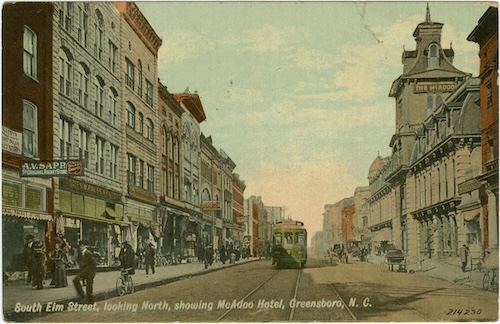Lt. Ellison, Antietam National Cemetery
25 February 2025
or, yes, there is at least one Confederate in the cemetery
On my recent visit to Sharpsburg I took photographs of several headstones in the Antietam National Cemetery, as is my habit, intending to look into the men under them when I got home. The very first was this one:
The 1869 cemetery History and the current Park Service grave database both list him as Lt. __ Ellison (first name unknown) of the 18th Massachusetts Infantry, and note he was originally buried on the battlefield and later removed to the cemetery.
There were no Ellisons in the 18th Massachusetts. Nor were any other Federal officers named Ellison killed or mortally wounded at Antietam. Or enlisted men, for that matter.
But I did find a good match: he’s Lieutenant William Ellison of the 18th Mississippi Infantry. So, Miss not Mass.
Lt. Ellison was about 21 years old when he was mortally wounded in or near the West Woods at Sharpsburg on 17 September 1862, and he died within a very few days in a field hospital on the Lavenia Grove Farm just west of those woods.
His original burial spot is identified on the 1864 Elliot burial map of the battlefield – as Lt. Wilson (probably a mis-read of W. Ellison) of the 18th Mississippi – just where you’d expect him to be.
I hope I’m not the first person since 1867 to figure out who is under that stone. I’ve not seen mention of it anywhere, though.
The McAdoo (c. 1912)
13 February 2025
Walter David McAdoo came from a long line of successful merchants and entrepreneurs in Greensboro, Guilford County, NC. He left Dickinson College in Pennsylvania at the start of the Civil War and enlisted as a Private soldier in the Guilford Greys – soon afterward Company B of the 27th North Carolina Infantry.
He was wounded in the battle at Sharpsburg in September 1862 and while home in Greensboro on a wounded furlough, in February 1863, transferred to the 57th North Carolina Infantry. He was seriously wounded in action with them at Gettysburg in July and did not recover enough to serve again in the field.
After the war he was a merchant, banker, and real estate developer – and he made a packet – but his most enduring legacy was that of hotel proprietor. This postcard shows his block-long grand hotel, “The McAdoo,” on South Elm Street in Greensboro in about 1912.
He built it in 1871 and ran it until about 1891, and it continued to be a local landmark and luxury destination until it was destroyed by fire in 1916, 8 years after W.D. McAdoo’s death.
Notes
This postcard is online from the North Carolina Postcards collection at the University of North Carolina, Chapel Hill.
Shell fragment extracted from the sacrum
9 February 2025
22 year old Private Charles A Trask of the 13th Massachusetts Infantry was mortally wounded in the lower abdomen by this chunk of iron at Antietam on 17 September 1862, and died about two weeks later in a hospital in Chambersburg, PA.

His record in the The Medical and Surgical History of the War of the Rebellion [Volume 2, Part 2, p. 250] identifies this as from a spherical case shot, and notes
The missile (Fig. 211), showing a section of the orifice for the fuze, and weighing two and two-thirds ounces, was contributed to the Museum by Surgeon E. McDonnell, U.S.V.
The original piece of shell taken from Private Trask and many other artifacts of Civil War medicine are now in the Anatomical Collections at the National Museum of Health and Medicine in Silver Spring, MD.



